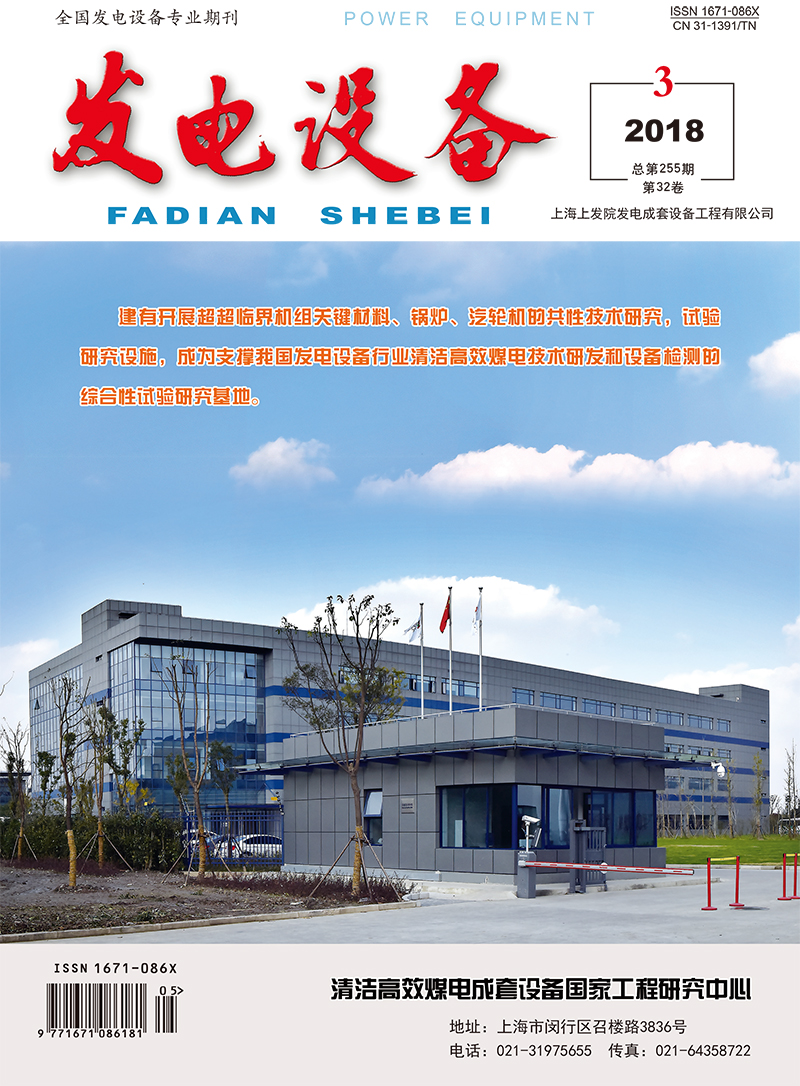Zhao Yaxian, Xie Wenxia, Zhang Jun, Xie Jihong, Du Yong, Yan Haixian
2018, 32(3): 158-162.
A model of power plant system integrated with chemical looping air separation (CLAS O2/CO2) was established based on Aspen Plus software, while a model of O2/CO2 cyclic combustion was set up with the higher temperature separation unit for O2 and CO2 in chemical looping combustion to replace the lower temperature air separation unit in conventional oxy-fuel combustion power plant (ASU O2/CO2) system, so as to study the effects of following factors on the performance of the system, such as the extracting temperature of flue gas, the excessive air ratio and the type of oxygen carrier, etc., after which, optimal parameters of the CLAS O2/CO2 system were obtained. Results show that the net efficiency of the CLAS O2/CO2 system is 38.8%, which is 13.5% higher than the ASU O2/CO2 system and 1.8% higher than the system of integrated gasification combined cycle with CO2 capture and storage (IGCC CCS), when zero emission of CO2 can be achieved simultaneously.
